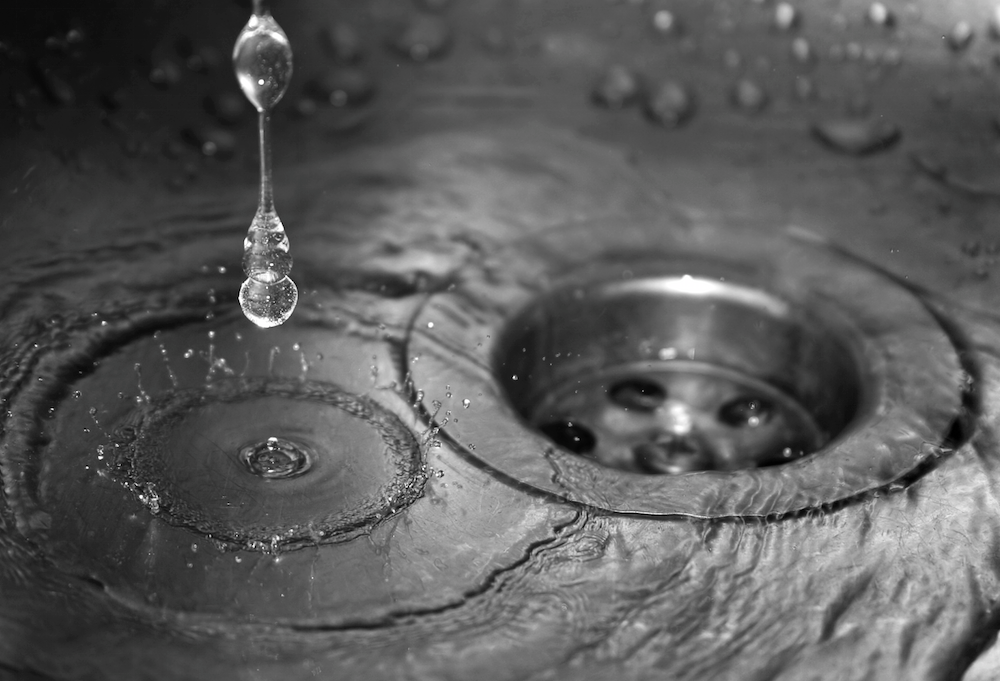How to Remove Hardness From Water

Scaled tubs, clogged dishwashers and unusual tastes in your water can all stem from hardness. If left untreated, hard water can reduce the lifespan of many of your appliances and fixtures. Discover how to remove these unpleasant features of hard water today.
What Is Hard Water?
If your water causes scaling, buildup and come with an unpleasant taste, it’s time to consider how to remove water hardness. Hard water has high concentrations of minerals, such as magnesium and calcium.
A small amount of minerals in your water provides a desirable taste. However, too high of concentration and your water will taste unpleasant and damage your appliances. They’ll also prevent many soaps from lathering, which reduces the effectiveness of your washing machine, dishwasher and shower. Thankfully, there are a few ways to remove hardness from your water.
Softening Strategies
The most common way to reduce hard water is a salt-based water softener. These units work by exchanging ions in the magnesium and calcium in your water. This activity exchanges these minerals with sodium. This is one of the most effective ways to remove water hardness, but it requires routine maintenance. You’ll need to refill your water softener with specialty bags of salt in order to maintain your soft water.
Another way to remove hardness is through crystallization. This innovative process targets lime scale and other negative features of hard water. The unit removes minerals and causes them to crystallize on the element, which retains them as your water passes through.
These are just two common ways to remove water hardness. Depending on the particular mineral and level of concentration in your water you’ll need to consider these or other alternatives. For testing services and expert advice on the best system for your home, contact a local water purification company and discuss your options. You’ll soon enjoy scale-free fixtures and fresh, clean water.
